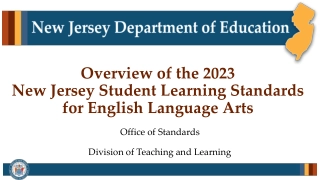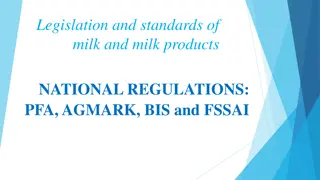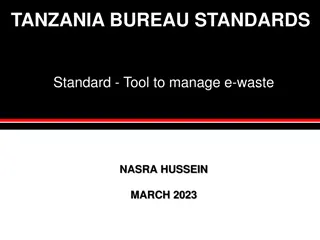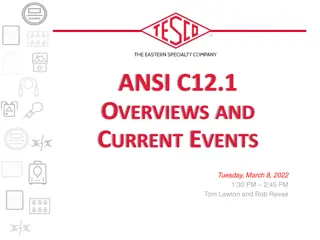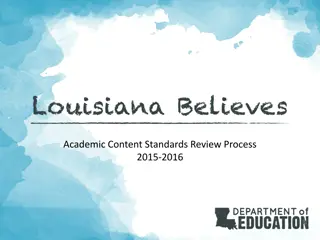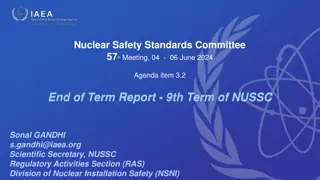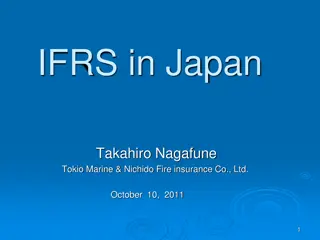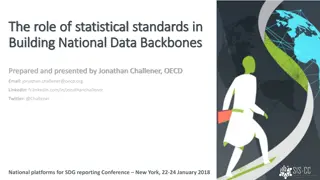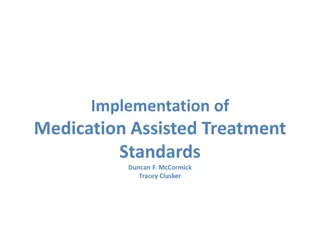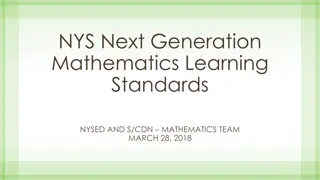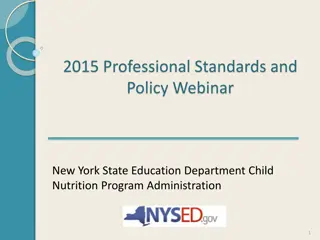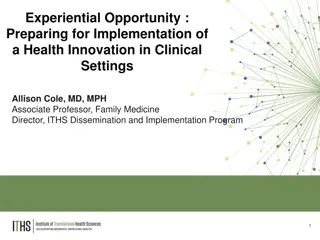Defining Your State's Role in Standards Implementation
The role of your state in supporting standards implementation through various strategies like professional development, curricular materials, leadership development, and more. Explore examples and challenges within state education agencies.
Download Presentation

Please find below an Image/Link to download the presentation.
The content on the website is provided AS IS for your information and personal use only. It may not be sold, licensed, or shared on other websites without obtaining consent from the author.If you encounter any issues during the download, it is possible that the publisher has removed the file from their server.
You are allowed to download the files provided on this website for personal or commercial use, subject to the condition that they are used lawfully. All files are the property of their respective owners.
The content on the website is provided AS IS for your information and personal use only. It may not be sold, licensed, or shared on other websites without obtaining consent from the author.
E N D
Presentation Transcript
Exercise Exercise: : Defining Defining Your State s Role Your State s Role
Objectives Understand the role that your state plays in supporting standards implementation through: systems of professional development curricular and instructional materials transitions leadership development communications advocacy and coalition building Identify the real and perceived barriers or challenges within your state education agency to supporting standards implementation.
Levers & Functions Levers Policy/guidance Funding Capacity-building Monitoring Coordination Functions for Communications & Advocacy Coordination Planning Delivery Identifying Key Stakeholders
Example: Different State Roles for Curricular and Instructional Materials Transition Require that local education agencies, regional service providers, vendors or others adopt or provide the necessary materials and supports, along with strong quality control mechanisms. Providematerials and supports directly to schools, in partnership with school districts, regional service providers, vendors, institutions of higher education, professional associations, other states or additional organizations. Guide educators, administrators and other service providers with advice and support on how to make the best use of high-quality, aligned, voluntary resources in their day-to-day work including by developing examples, templates and models, identifying resource experts, convening and training educators and providing advice on using tools.
No one approach will work best for all parts of implementation or for all states The most effective approach may be to combine strategies, considering: state-level capacity local needs partnerships other resources available Regardless of the approach, state actions need to be pursued with a clear articulation for how the work helps districts and schools: What are the assumptions about what educators need, and why does the state think its actions will make a difference? What authority and incentives are in place (or not) to support the effective use of a particular approach? States should have a clear logic model that undergirds the choices they have made and the resources and tools they invest in to build capacity.
Discussion Questions How has this lever/function been relied on historically for standards implementation? If it has been avoided, why? What has it looked like when this lever/function has been used successfully? What made it successful? What has it looked like when this lever/function has been used unsuccessfully? What lessons were learned from that experience?



